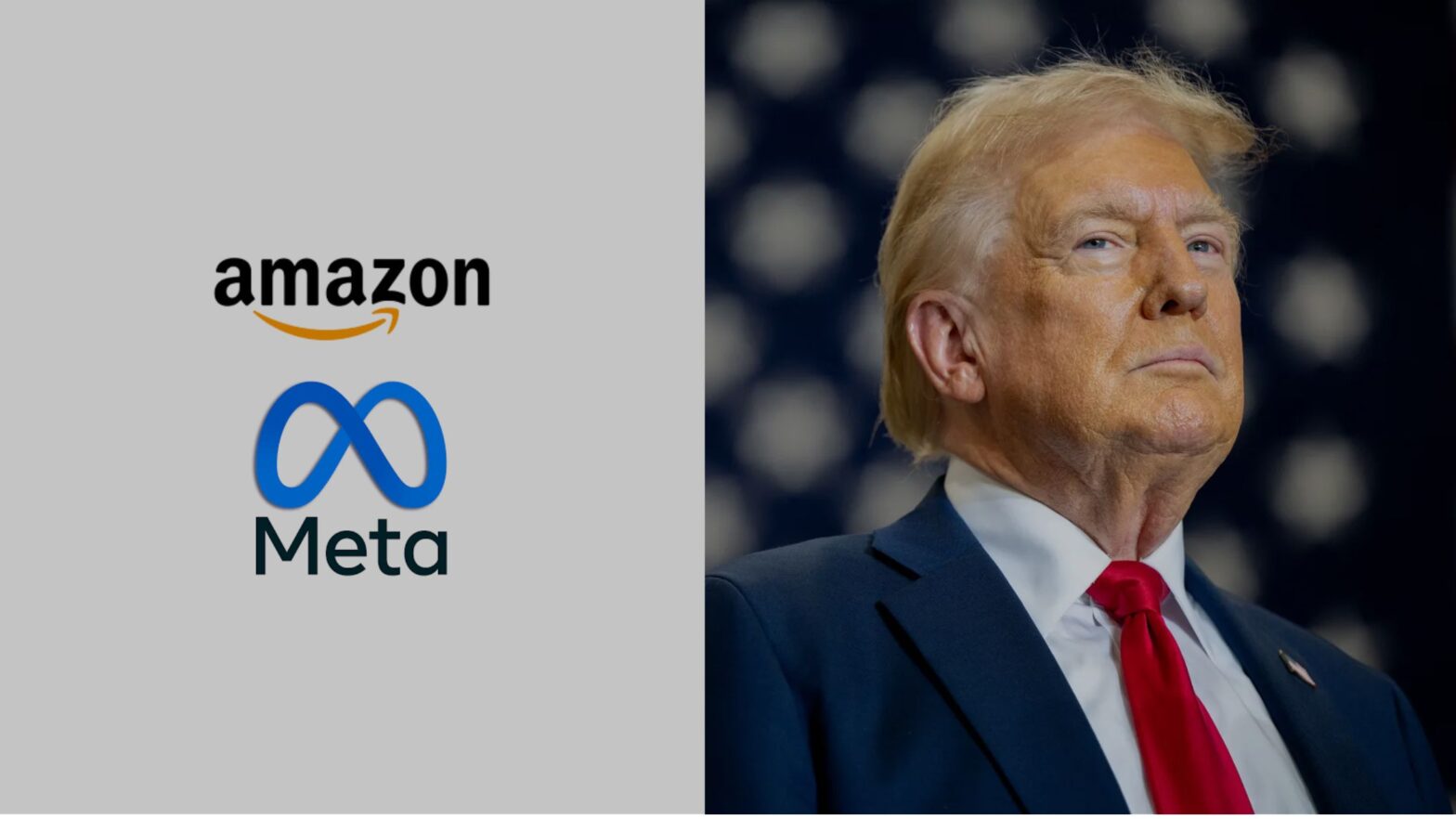Using Kanban for marketing project management
October 11, 2024

Hello, marketing and organization enthusiast! Today I’m bringing you a topic that might sound technical, but I promise by the end of this blog, you’ll want to implement it in your team right away. Let’s talk about Kanban, a project management tool that transforms how you organize your marketing projects. Ready? Let’s dive in.
What is Kanban, and why do you need it in your marketing team?
Kanban is like a magic board that allows you to visualize everything happening in your team. Imagine you have a giant board with columns like “To Do,” “In Progress,” and “Done.” Now add sticky notes representing tasks, and voilà, you have a Kanban system! The great thing is that you can see at a glance where each task is, who’s handling it, and if anything is stuck. This is perfect for marketing projects where a million things are happening at once.
But wait—Kanban isn’t just a pretty board. It’s a system designed to continuously improve workflow, avoid bottlenecks, and ensure that all tasks move towards completion without stress.
Visualizing workflow and optimizing tasks in marketing teams with Kanban
Here’s where Kanban gets really interesting. Visualizing your workflow means you can literally see how each task moves through the work process. It’s like having a treasure map that shows you where everything is in real time.
- Total transparency: The entire team can see which tasks are pending, in progress, or completed. This avoids the classic question, “How’s my task coming along?”
- Progress control: If a task gets stuck in the “In Progress” column for too long, it’s a red flag. You can step in and unblock it before it affects the whole project.
- Continuous improvement: One of the pillars of Kanban is analyzing the workflow to make it more efficient. This means you can adjust processes, reassign tasks, or even reduce the number of active tasks if you see the team is overloaded. It’s a system that adapts to you, not the other way around!
Benefits of Kanban for marketing teams in ongoing projects
We all know marketing projects don’t always have clear start and end points. Sometimes, you work on campaigns that are continuous and need regular adjustments—and that’s where Kanban shines. Here are the main benefits:
- Absolute flexibility: Kanban is as flexible as your team needs it to be. Have a campaign that’s taking longer than expected? No problem. Simply move tasks from one column to another without affecting the system.
- Continuous delivery: Since the focus is on keeping the workflow constantly moving, you can always be delivering small increments. This is perfect for marketing projects where quick adjustments or last-minute changes are often needed.
- Better communication: With a clear visualization of everyone’s work, meetings become more productive. You no longer have to guess what each person is working on. Everyone can see the board and discuss tasks concretely.

How to integrate Kanban with other project management tools
If you’re wondering whether you can combine Kanban with other tools you already use, the answer is YES! In fact, many of the project management platforms you currently use, like Trello, Jira, or Monday, offer Kanban board options. Here’s how to use Kanban with some of the most popular tools:
- Trello
Trello is undoubtedly one of the most user-friendly tools for using Kanban. It’s basically a digital version of a Kanban board where you can create boards, lists, and cards that represent tasks. The great thing is that you can add labels, due dates, assign tasks to team members, and much more.
- Jira
If you work in a more technical marketing team, Jira is an excellent option. It’s primarily designed for development teams but adapts perfectly to any workflow, including marketing projects. With Jira, you can customize Kanban boards, automate repetitive tasks, and create detailed workflow reports. Plus, it allows you to integrate sprints and agile methodology, ideal if your team also handles projects with strict deadlines.
- Monday.com
Monday.com is a versatile platform that lets you use Kanban in a highly customizable environment. You can create boards with tasks, assign them to team members, set priorities, and visually track progress. It also integrates with other tools like Google Drive or Slack, making collaboration easier.
Pros and cons of the Kanban method
While Kanban sounds wonderful (and it is), like everything in life, it has some points to consider before implementing it:
Pros:
- Simplicity: It’s easy to understand and apply, especially for teams not accustomed to complex methods.
- Flexibility: It adapts to ongoing and changing projects, which is very common in marketing.
- Continuous improvement: It encourages constant workflow optimization, meaning your team will always look for ways to be more efficient.
Cons:
- Not ideal for projects with tight deadlines: If your team works under a lot of pressure with fixed delivery dates, you may want to consider more structured methods like Scrum.
- Risk of overload: Without a limit on tasks in “In Progress,” the team can easily become overwhelmed if there isn’t clear control.
Conclusion: is Kanban right for you?
If your marketing team is looking to improve efficiency, reduce chaos, and have better task control, Kanban is a tool you should try. Whether you’re managing a content campaign, social media, or a long-term SEO strategy, visualizing work clearly and simply will help everyone involved stay more aligned and productive.
Give Kanban a shot on platforms like Trello, Jira, or Monday, and watch how smoothly and effectively the work flows. And remember, success doesn’t come from doing everything at once but from moving forward step by step with strategy and clarity!
Are you ready to revolutionize how you manage your marketing projects? Your team will thank you!




